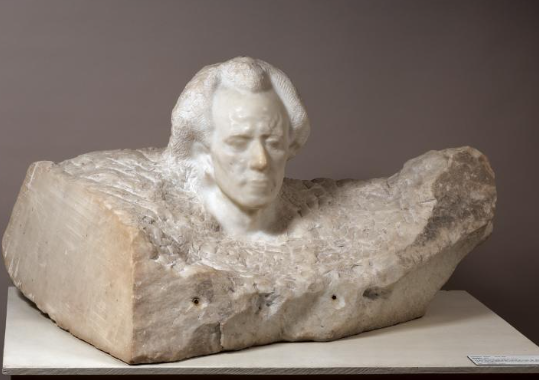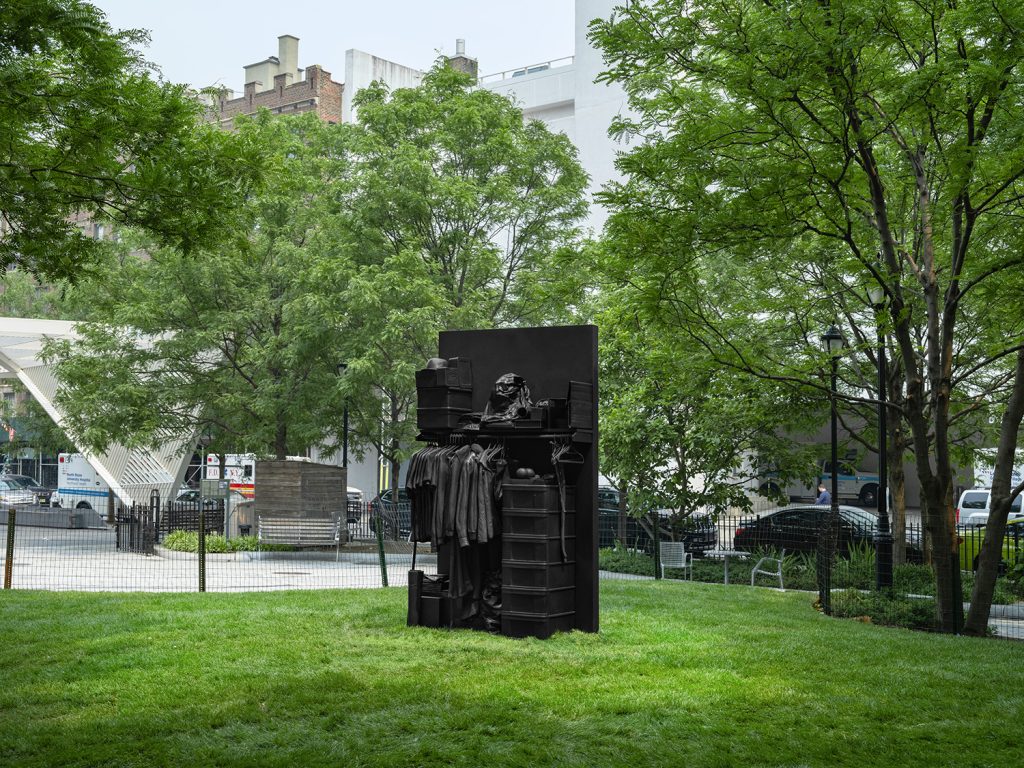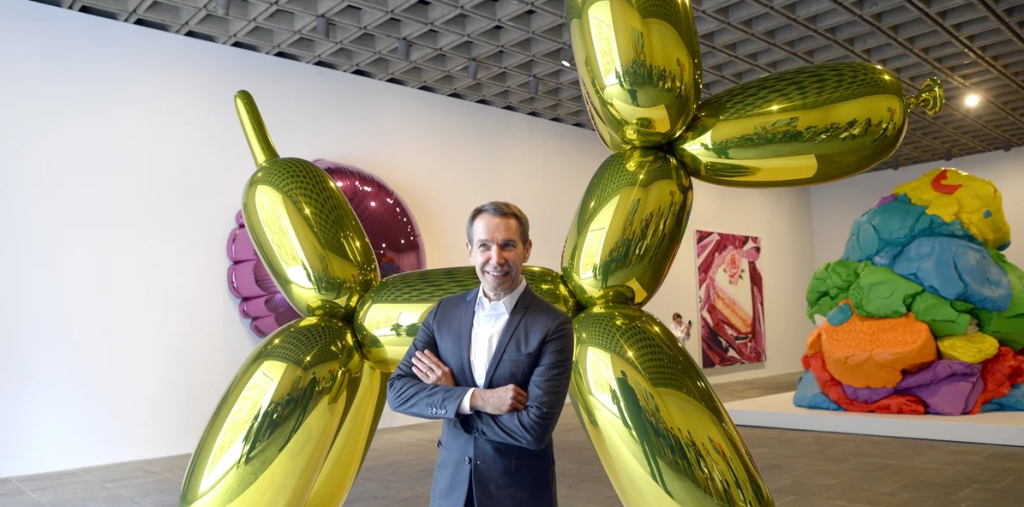Rodin Mahler: The Artist Redefining Modern Sculpture
In the ever-evolving world of contemporary art, few artists have made as significant an impact as Rodin Mahler. Blending traditional techniques with innovative materials, Mahler’s work challenges conventional notions of sculpture and captivates audiences around the globe. His unique approach has not only spawned a new movement but also sparked discussions about the role of sculpture in modern society.
The Journey of Rodin Mahler
Mahler’s artistic journey began in his early years, rooted in a fascination with form and substance. Growing up in a family of artisans, he was exposed to various techniques and styles that informed his budding creativity. His formal education in Fine Arts equipped him with traditional skills, but it was his desire to break barriers that truly set him apart. By experimenting with unconventional materials—such as recycled plastics and bio-resins—Mahler elevates mundane elements to fine art, prompting viewers to reconsider their surroundings and the beauty found in everyday objects.
Innovative Techniques and Materials
One of the most striking aspects of Mahler’s work is his use of cutting-edge technology alongside traditional sculpting methods. He skillfully combines digital design with hands-on crafting, creating sculptures that are both visually stunning and conceptually rich. This fusion allows him to push the limits of form and structure, resulting in installations that challenge perception. Critics and enthusiasts alike praise Mahler for his daring choice of materials, which often invoke environmental themes and promote sustainability. His sculptures invite not just visual engagement, but also deeper reflection on humanity’s relationship with nature.
The Impact of Mahler’s Work on Modern Sculpture
Mahler’s influence on contemporary sculpture extends beyond his innovative use of materials. His work often embodies a narrative quality, exploring themes such as identity, culture, and the passage of time. By engaging the audience emotionally, he creates an immersive experience that encourages viewers to form personal connections with art. His exhibitions often draw large crowds, emphasizing the relevancy of sculpture in today’s art scene. Through workshops and public installations, Mahler is also committed to fostering new talent, ensuring that the discourse around sculpture continues to evolve.
In conclusion, Rodin Mahler stands at the forefront of modern sculpture, redefining artistic expression with his inventive techniques and thought-provoking themes. His work challenges us to view our environment and our relationship with art through a new lens. For those interested in contemporary art, exploring Mahler’s creations is not just an invitation to experience beauty but also to participate in a larger conversation about the future of sculpture. Dive deeper into his work, and you may find your own perceptions transformed.


